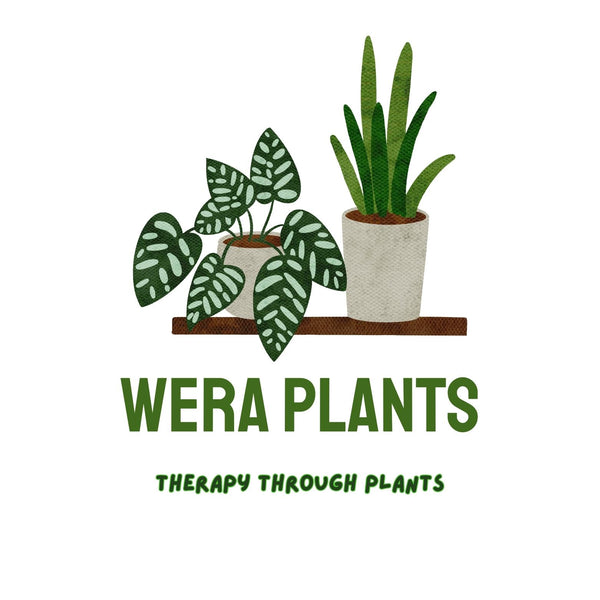Embarking on the journey of plant parenthood is an exciting and rewarding experience. However, for beginners, it's crucial to understand that plants have specific needs that, if neglected, can lead to unhappy, unhealthy green companions. In this blog, we'll highlight some common mistakes to avoid, ensuring a thriving and flourishing indoor garden.
-
Choosing the Wrong Potting Mix: One of the first mistakes many beginners make is using a standard potting mix for all their plants. Different plants have distinct soil requirements. Indoor plants flourish in an indoor potting mix, while succulents and cacti thrive in a specialized succulent/cactus mix. Selecting the appropriate mix ensures the right balance of nutrients and water retention for your specific plants.
-
Inappropriate Pot Choices: Putting your plant directly into a ceramic pot may seem aesthetically pleasing, but it can hinder proper drainage and airflow. Always opt for a nursery pot, preferably black plastic with ample drainage holes. This allows excess water to escape, preventing root rot. You can then place the nursery pot into a decorative ceramic, terracotta, or mud pot for an added touch of style.
-
Overwatering: While it might be tempting to shower your plants with love through daily watering, overwatering is a common pitfall. Most plants prefer to dry out between watering sessions. As a general rule, water your plants once or twice a week. However, individual plant needs may vary, so it's essential to research specific watering requirements for each type of plant. Checking online resources or joining plant communities can provide valuable insights.
-
Ignoring Light Requirements: Understanding the natural habitat of your plants is key to providing the right amount of light. Indoor plants often thrive in low to medium light conditions, simulating the shaded environment under trees. On the other hand, succulents and cacti hail from sunny desert regions. Mimic their natural habitat by placing them in bright, indirect sunlight. Investing in a good quality grow light can also help supplement light requirements for indoor plants in spaces with limited natural light.
Becoming a successful plant parent involves more than just watering your green companions. By avoiding these common mistakes and tailoring your care routine to the specific needs of your plants, you'll create a healthier and happier indoor garden. Remember, plants are diverse, and a bit of research goes a long way in fostering a thriving plant family. Happy gardening!

